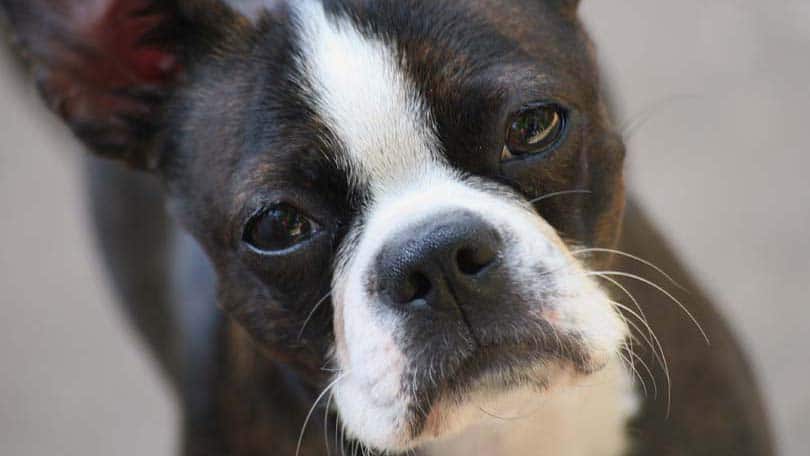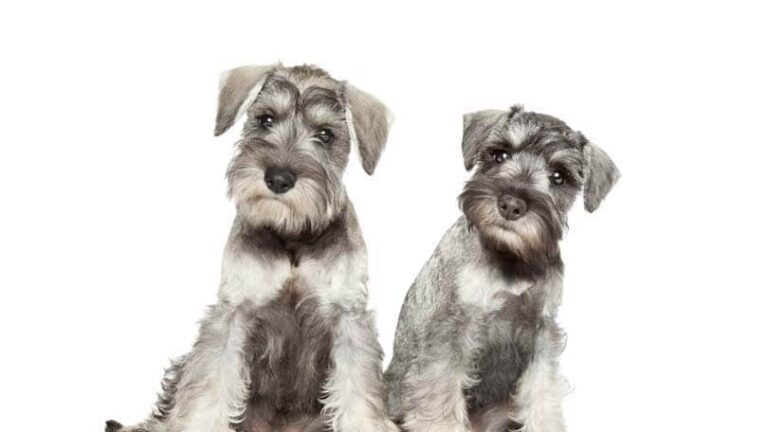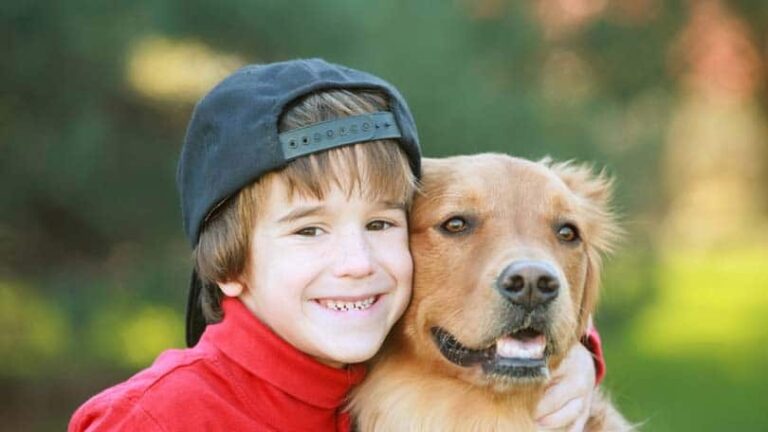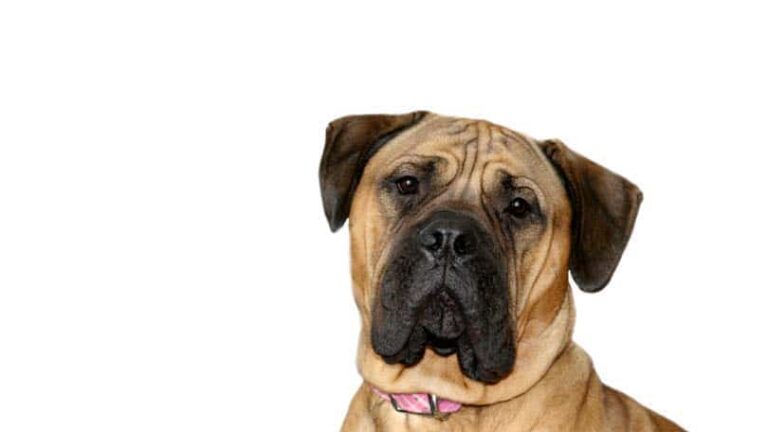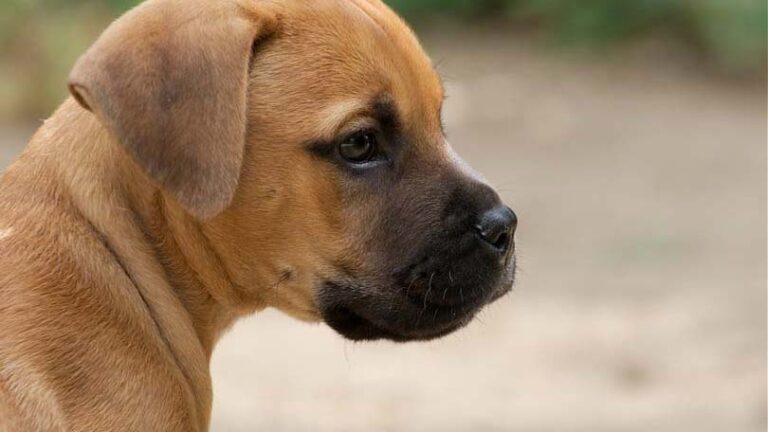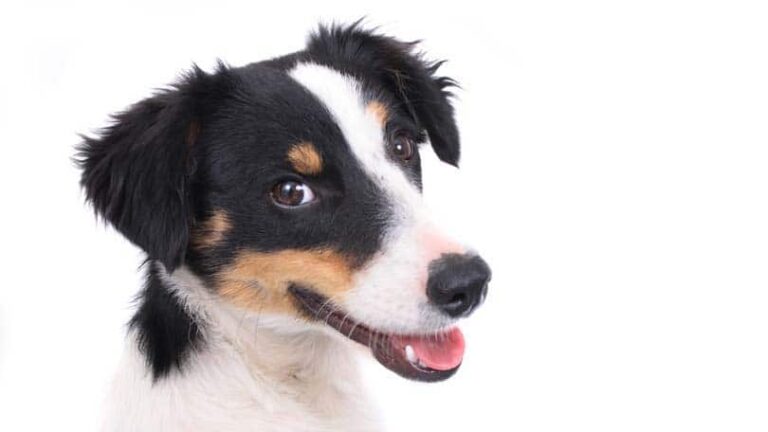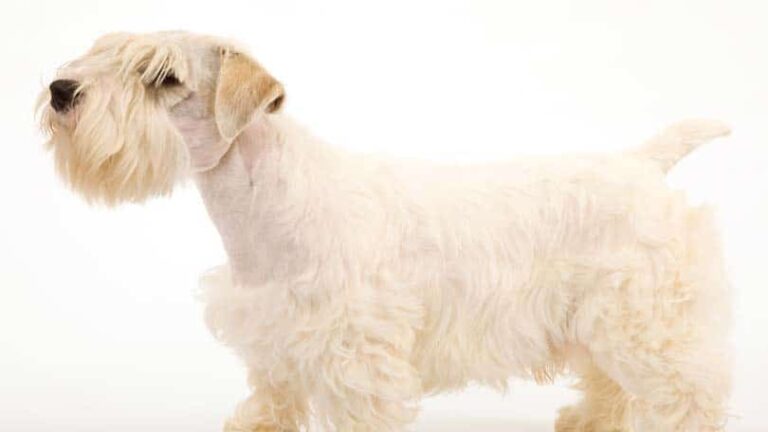Low Exercise Dog Breeds
If you’re interested in low-exercise dog breeds, it’s generally best to consider Toy breeds. Most of these small dogs have minimal exercise requirements that can be satisfied by playing in the house or by going for a walk when you take them outside to potty. Some of these breeds will also enjoy playing in a fenced yard for short periods but you shouldn’t force them. Chihuahuas and Yorkies can be active and playful, but their exercise needs will be limited by their small size.
Some of the brachycephalic (short-nosed) breeds, such as the Pug, Pekingese, Shih Tzu, and others, also have less need for exercise. Over-exertion in these breeds, especially when it’s hot or humid, can lead to breathing problems.
Even some larger breeds have relatively low exercise requirements or need less exercise than you might think. Greyhounds need a chance to run several times per week but they are known for being quiet, calm, and relaxed in the home. They do not need a lot of exercise every time they go outside. Some of the giant breeds, such as the Mastiff, are homebodies who prefer to lie around the house.
If you are looking for a breed that you can depend on having less need for exercise, consider the breeds listed below.
Cavalier King Charles Spaniel
The Cavalier King Charles Spaniel is an energetic little spaniel in the Toy group. Their need for exercise is adaptable. They are good apartment dogs and they also like living in the country. They are about 12-13 inches tall at the shoulder and weigh up to 18 pounds. They have a pretty, medium-length coat that is usually white with red markings, though it can be other colors. They are kept natural and just require a little brushing. They are not very active dogs. They are happy to sleep on the sofa or go for a walk with you. They are good with children and love to be part of the family. Although the Cavalier has spaniel antecedents, and they might occasionally point a butterfly, this breed is more of a companion dog than a hunting dog.
Pekingese
The Pekingese is one of the most ancient breeds and comes from China. They often have a great deal of coat, which can be any color, but underneath they are quite small. They have a heavy front and are lighter behind. They have a rolling gait. These small dogs can easily be carried. They weigh less than 14 pounds. Pekes have a natural dignity and self-importance but they are also affectionate and loving in the family. They are good-natured, intelligent dogs. They enjoy walks but they are relatively inactive indoors. Because of their coats they do need to be brushed thoroughly each week. Pekes are brachycephalic dogs so owners have to keep them from over-exerting themselves in heat and humidity.
Pug
The Pug is another very old breed from China. They date from at least 400 BC and were kept by Buddhist monks. Over the centuries they gradually made their way to the West where they became very popular in Holland and identified with the House of Orange, and later with the royal family in England. The Empress Josephine, the wife of Napoleon, was also fond of them. Pugs are clowns and love to make people laugh. There is a saying that the Pug is a lot of dog in a small package. They make excellent house and apartment dogs and don’t require a lot of exercise. They are playful, loving dogs who love to be with people. Pugs do shed a lot and their short coats need to be brushed to reduce the shedding. They weigh up to 18 pounds.
Boston Terrier
The Boston Terrier is one of the small number of dogs that has been developed in the United States. They were developed in the Boston area following the Civil War and were originally bred as fighting dogs. However, they soon became popular pets and the fighting instincts were discarded. Today they are one of the gentlest and sweetest of dogs. They make excellent house dogs and have a minimal need for exercise. Boston Terriers come in three sizes: Under 15 pounds; 15 pounds and under 20 pounds; 20 pounds and not to exceed 25 pounds. Bostons are seal, brindle, or black with white markings. They are lively, intelligent dogs who like to stay clean. They are rather quiet and don’t bark much. They prefer to stay close to their owners. Their coat is short, smooth, and fine and they require minimal grooming.
Bulldog
The Bulldog has become one of the most popular breeds in the United States in recent years. (People often refer to the breed as the “English Bulldog” but the correct name for the breed is the Bulldog.) The Bulldog weighs 40 to 50 pounds but in every other way they act like a lap dog. They are easy going, sweet, gentle dogs who love children. They love being part of a family. They are good-natured, protective dogs. They are a brachycephalic breed and owners have to take care that the dogs don’t over-exert themselves in hot or humid weather. The breed requires minimal exercise and grooming. They have a short, smooth coat that comes in various colors and the breed is known for its large head, many wrinkles, and shuffling gait.
French Bulldog
The French Bulldog has always been a companion dog and kept as a toy version of the Bulldog. The story goes that lacemakers in England bred the little dogs from Bulldogs and, when they were displaced by the Industrial Revolution, they took their dogs with them to France. In France the little dogs became extremely popular and were soon in demand by the wealthy, including rich Americans. In the late 1800s and early 1900s, French Bulldogs were all the rage in the United States. They have been less popular since that time, although they are becoming popular once again. French Bulldogs are sweet, affectionate, clownish dogs, perfect for indoor living. They don’t require much exercise. They have a smooth coat, short face, and their noticeable “bat ears.” They are active and alert. They come in brindle, fawn, white, and brindle and white and they weigh up to 28 pounds. Frenchies are brachycephalic dogs so owners must be careful in hot or humid weather.

Having discovered a fondness for insects while pursuing her degree in Biology, Randi Jones was quite bugged to know that people usually dismissed these little creatures as “creepy-crawlies”.

